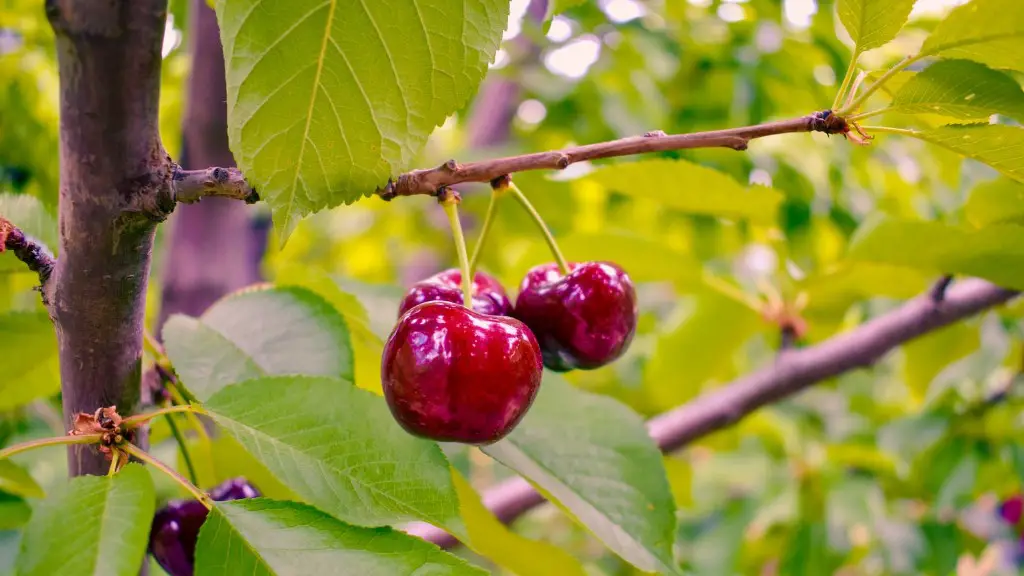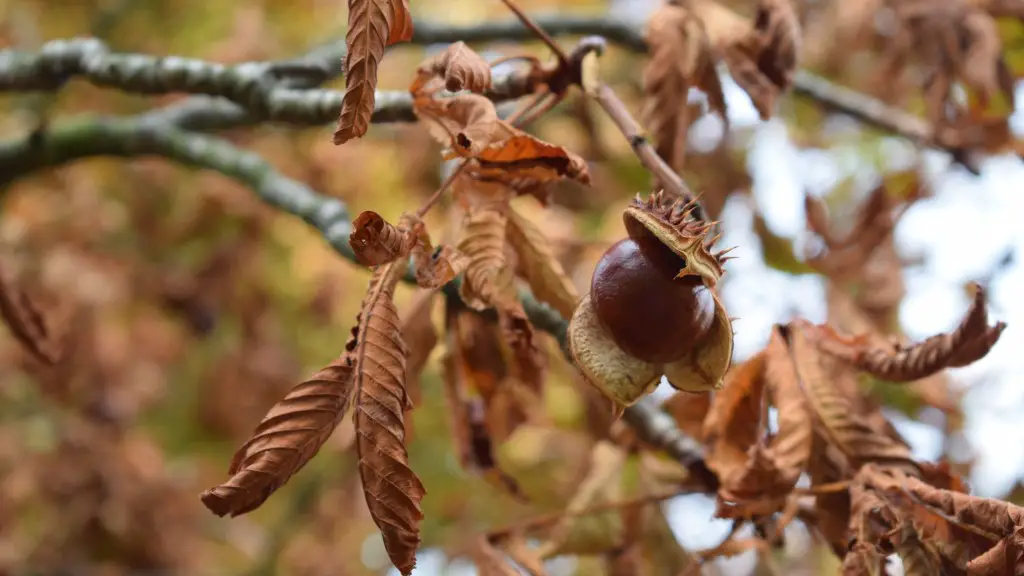Avocado trees are a popular subtropical fruit tree and are gaining more popularity every day due to their many health benefits. The amount of sun these trees need to grow properly, however, has been a bit of an enigma. So, how much sun does an avocado tree need?
Avocado trees are a unique species, requiring a combination of the right temperature, humidity, and sunlight to grow. Most avocado trees require at least six to eight hours of direct sun exposure each day. This amount of light is ideal for the continued growth and health of the tree. If an avocado tree receives too much sun exposure, the leaves can burn and the tree can suffer from other negative effects such as poor fruit production.
If an avocado tree is left in the same location without any shade, it is possible for it to experience sunburn. Some signs of sunburn on an avocado tree include discoloration or spots on the leaves, which can make for an unappealing tree. To determine if an avocado tree is receiving too much sun, the leaves should be examined for any discoloration or brown spots.
Using the wrong type of soil can also harm an avocado tree, as it will be more difficult for the tree to take in the essential nutrients. Soil should be well-draining and slightly acidic. Poor quality soil will not be able to hold on to the nutrients the tree needs and can result in poor growth. Additionally, soil that is too saline can cause the tree to suffer from sunburn.
Overall, avocados can be an easy tree to care for. As long as they’re planted in the right soil, given the right amount of sunlight, and not over or under watered, they’re sure to thrive and give the owner a steady supply of avocados. Additionally, it is important to remember that the amount of sun an avocado tree needs will depend on several factors such as the climate, size of the tree, and location.
Soil Preparation
Before planting an avocado tree, it’s important to prepare the soil. A rich, well-draining soil is ideal for this tree, as it will help it to absorb the necessary nutrients. Sandy soil is typically the best for growing avocado trees, as the nutrients it provides are better absorbed by the roots. Additionally, the soil should be slightly acidic with a pH range between 6.0 to 6.5.
Before planting the tree, mixing in a few inches of compost, peatmoss, and mulch. This process adds additional nutrients and improves the structure of the soil. It is also important to avoid soil mix or soil additives that contain large quantities of ammonia or nitrogen, as too much of these nutrients can harm avocado trees.
Overall, the soil should be brought to the proper level of quality prior to planting the tree. This will help make sure the tree is able to absorb the nutrients it needs and also increase the avocado production as well as the overall health of the tree.
Shade and Sun Requirements
The amount of sun an avocado tree needs will depend on the specific type of tree. Most types of avocado trees require at least six to eight hours of direct sunlight each day. If the tree does not receive enough sun exposure, it will not be able to take in the essential nutrients and can become stunted in growth. On the flip side, too much sun can damage the leaves of the avocado tree and can also reduce fruit production.
Shade is also necessary for the health of the tree. Providing some sort of shade, such as a tarp, umbrella, or trellis, is important for keeping the tree from being exposed to too much direct sunlight. This shade should be used when the temperature is particularly hot so that the tree is not exposed to too much heat. Additionally, shade cloth can be used in areas with high UV levels.
Overall, the right combination and amounts of sun, shade, and water is important when taking care of an avocado tree. If the tree is getting too much or too little of any of these three elements, it can prevent proper growth and could even lead to the death of the tree.
Fertilizing and Watering
Fertilizing an avocado tree is also an important part of keeping it healthy. Most avocado tree varieties do not require frequent fertilization, as their root system is capable of taking in the necessary nutrients from the soil. That said, it is important to fertilize the avocado tree periodically to ensure the tree has enough of the essential elements for optimal growth.
When fertilizing an avocado tree, it’s important to use a balanced fertilizer. This type of fertilizer will provide the plant with an even amount of nutrients, including macronutrients like nitrogen, phosphorus, and potassium, as well as micronutrients such as zinc, manganese, and iron. Most avocado trees require two to three applications of fertilizer per year.
In addition to fertilizing, proper watering is essential for the health of an avocado tree. A well-watered avocado tree should have moist soil that is not soggy. The amount of water needed for an avocado tree will vary depending on the age and size of the tree as well as the weather. During the hot summer months, avocado trees should be watered frequently, usually every two to three days.
Pruning and Protection from Pests
Pruning is another important factor when it comes to keeping an avocado tree healthy. Pruning helps to enhance the shape and structure of the tree and can also help to reduce the amount of tree sap, which is a common problem with avocado trees. Pruning should be done in the early spring, before the tree begins to bloom. During the pruning process, dead or damaged branches should be removed and any branches growing too close together should be thinned out.
Avocado trees can also be prone to pests such as aphids, scale, and mites. Soil insecticides or chemical treatments can help to decrease the population of pests, but it’s important to avoid treating the avocado tree unnecessarily as it could also harm beneficial insects. Regularly examining the tree for signs of pests and treating the tree with natural products, such as neem oil, is another way to protect the tree from pests and diseases.
Harvesting Avocados
Harvesting avocados is a rewarding experience, as the fruit of this tree can be incredibly delicious. Avocados are usually ready for harvesting when the skin turns dark green or black and is easily punctured when pressing against the skin. It’s important to be careful when harvesting, as the fruit can be easily damaged and the tree can be harmed in the process.
Once the fruit has been picked, it is important to store it in a cool and dry place in order to keep it from ripening too quickly. Avocados can be stored in the refrigerator for several weeks after they’ve been harvested. Additionally, the avocados can be frozen and will keep their freshness for up to six months.
Conclusion
In conclusion, avocado trees are a subtropical fruit tree with many health benefits. When it comes to taking care of an avocado tree, it’s important to make sure it’s planted in the right soil and is provided with the correct amount of sun, shade, and water. Fertilizing, pruning, and harvesting the tree is needed for the overall health and production of the tree. With the correct care and attention, an avocado tree can be sure to provide delicious avocados for years to come!



